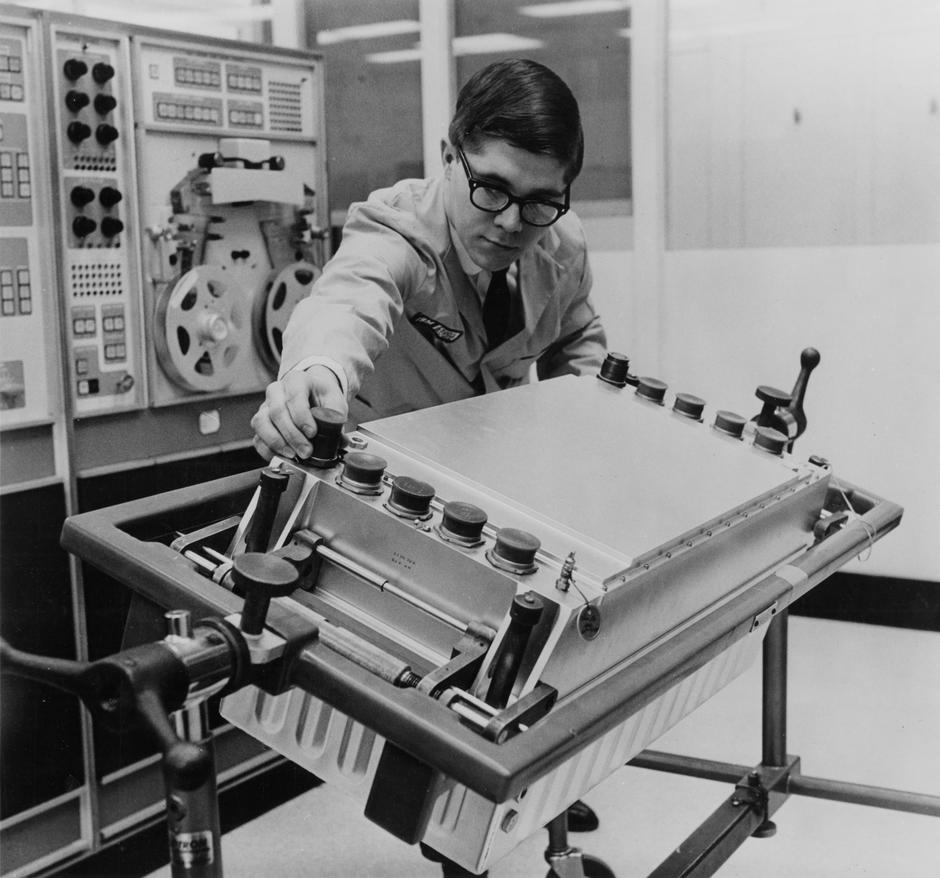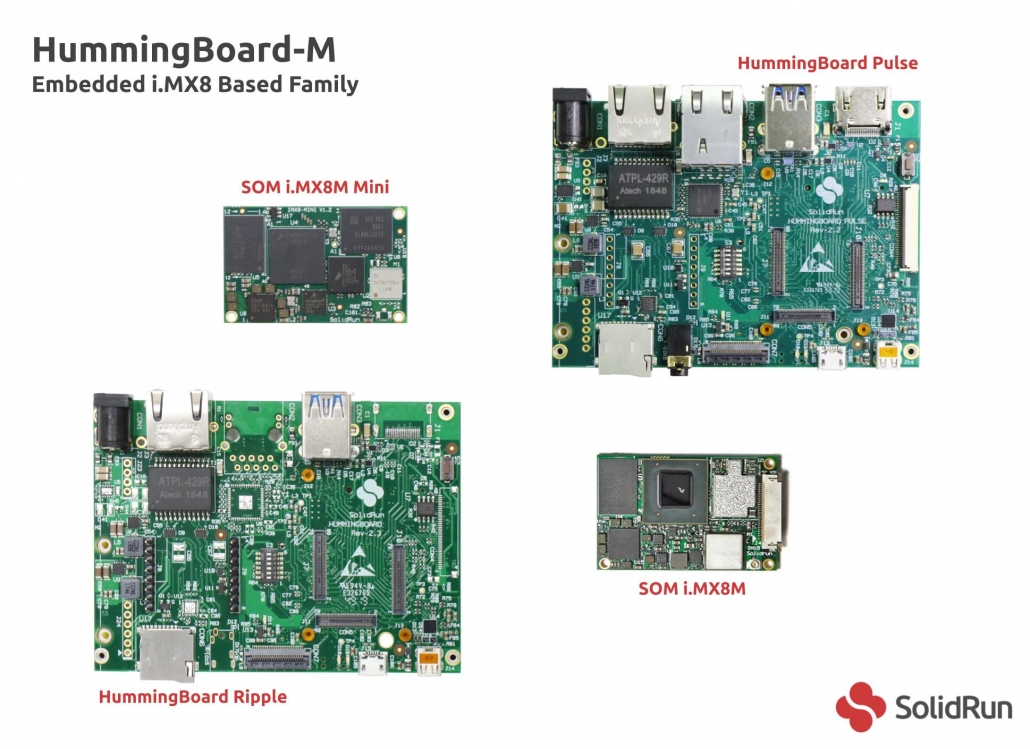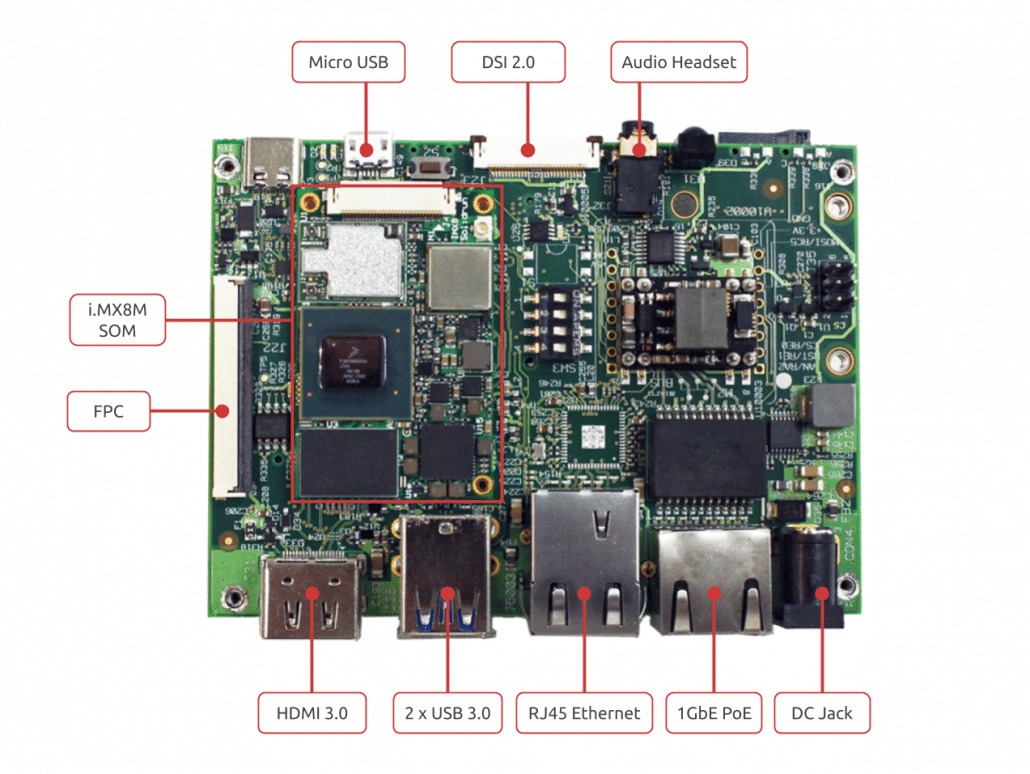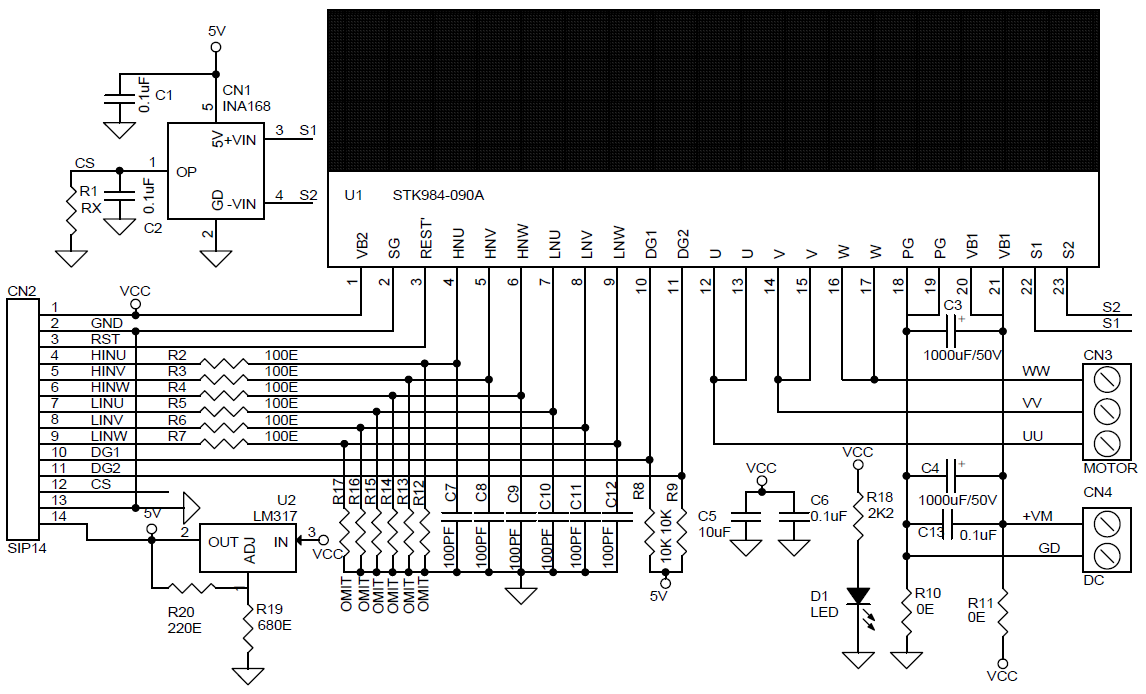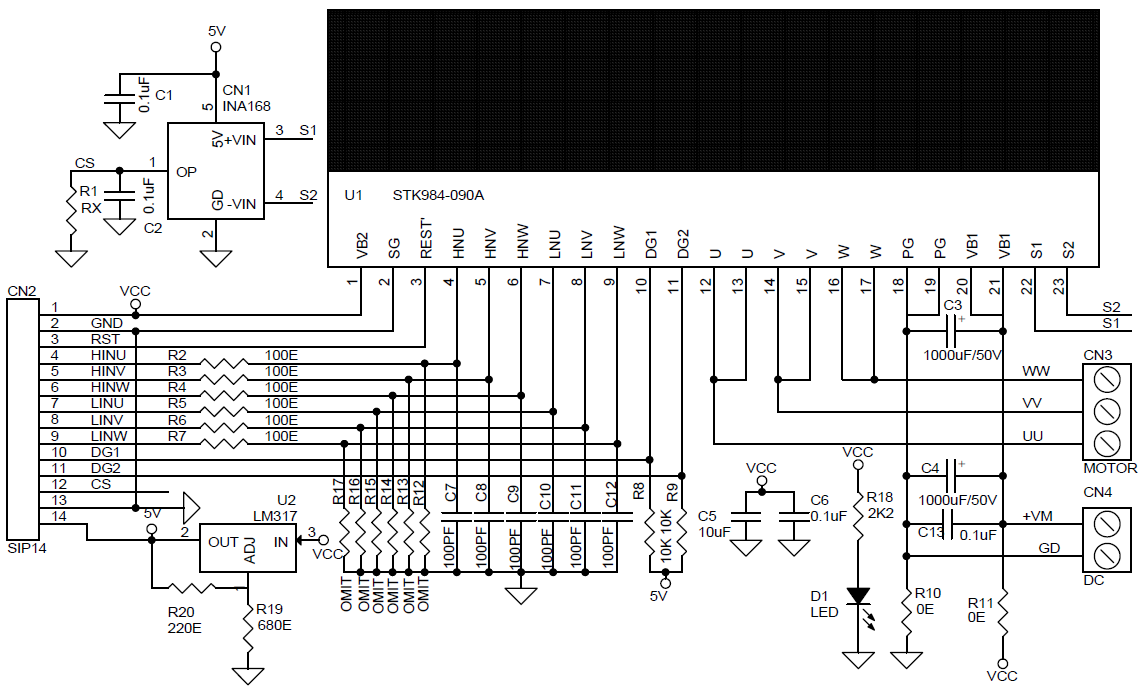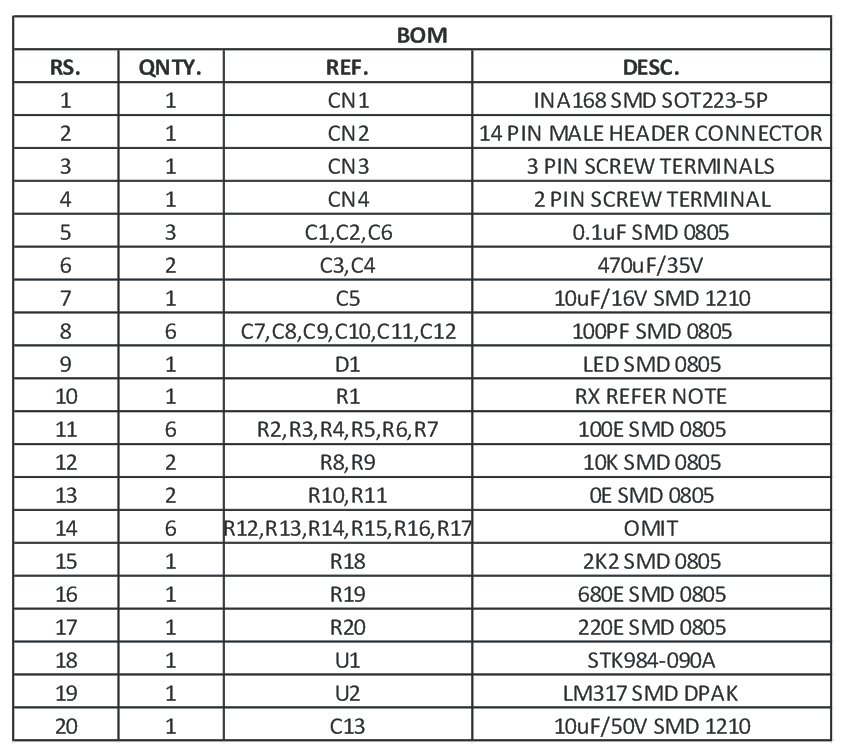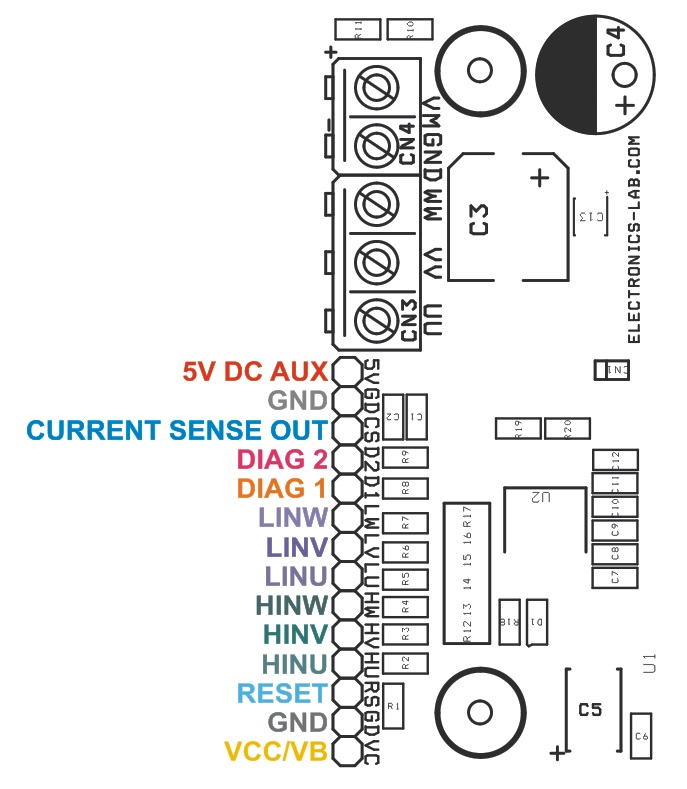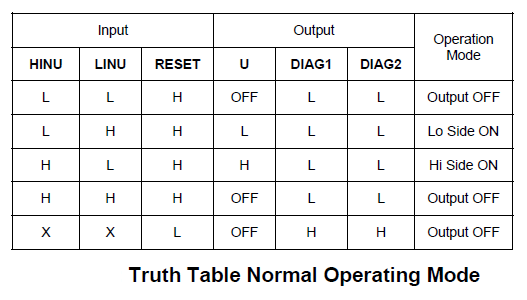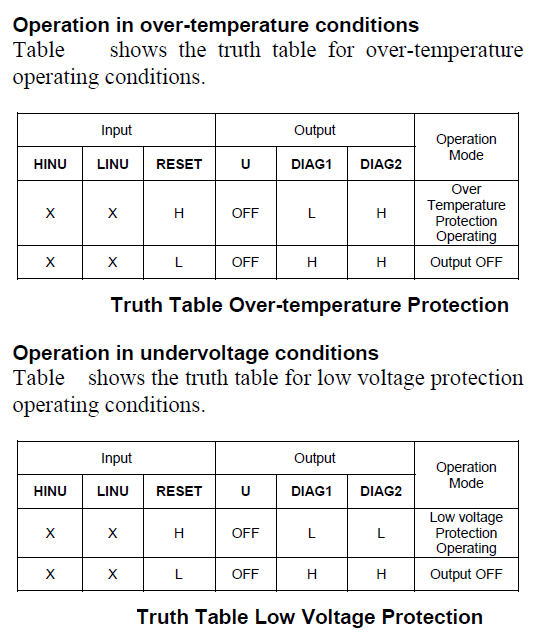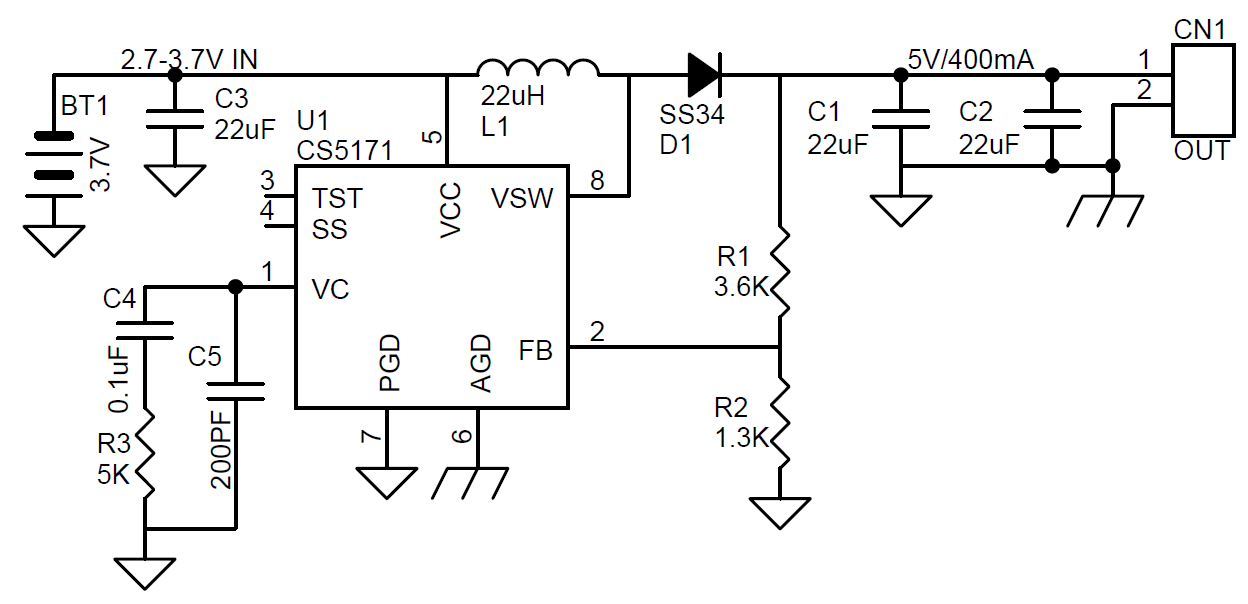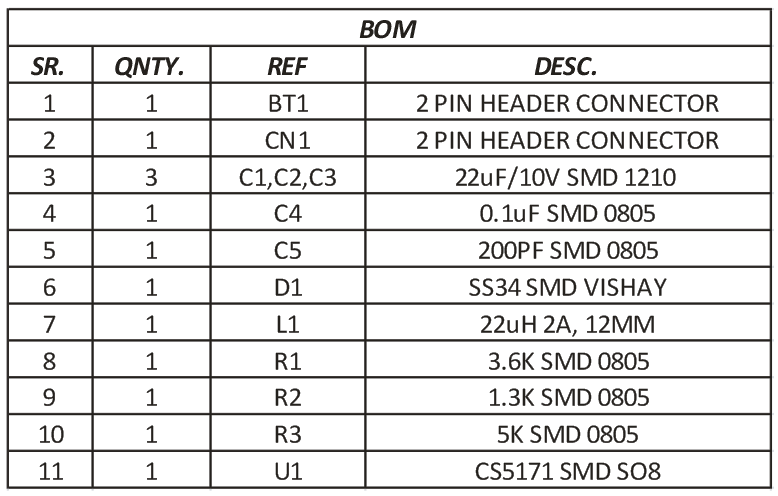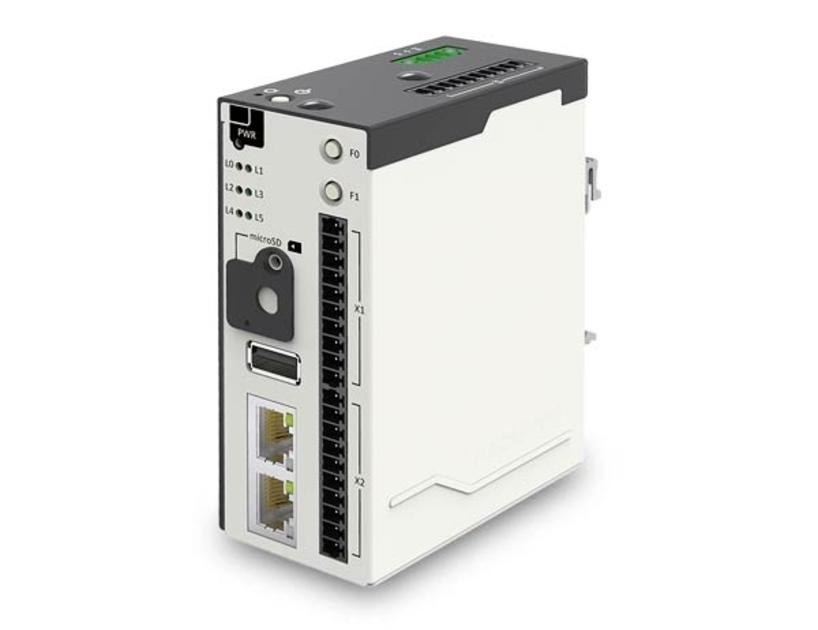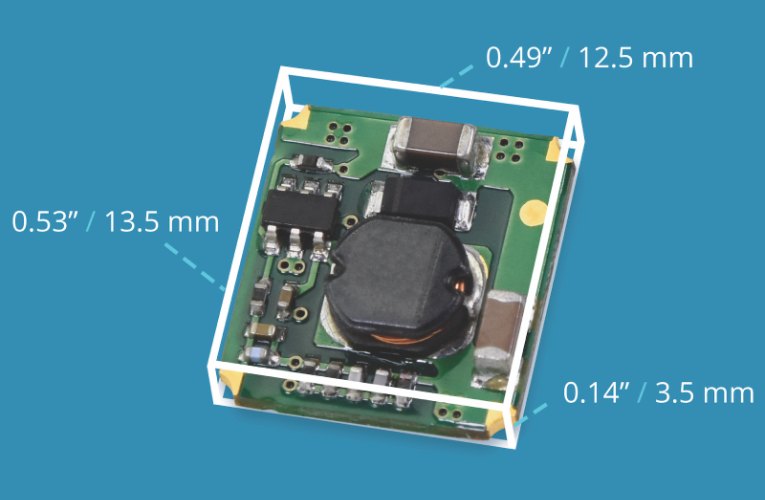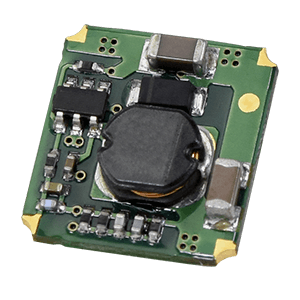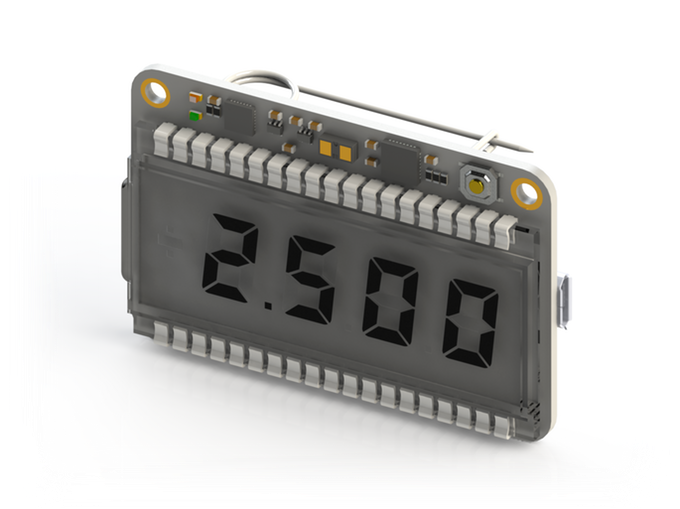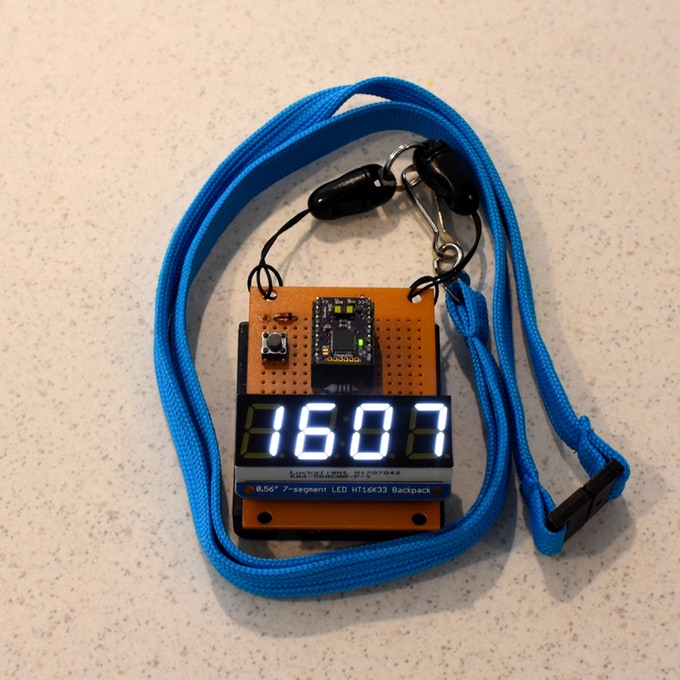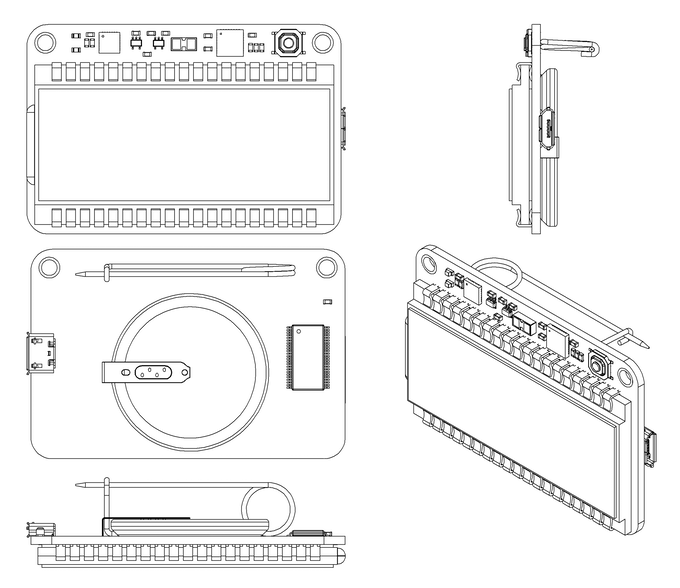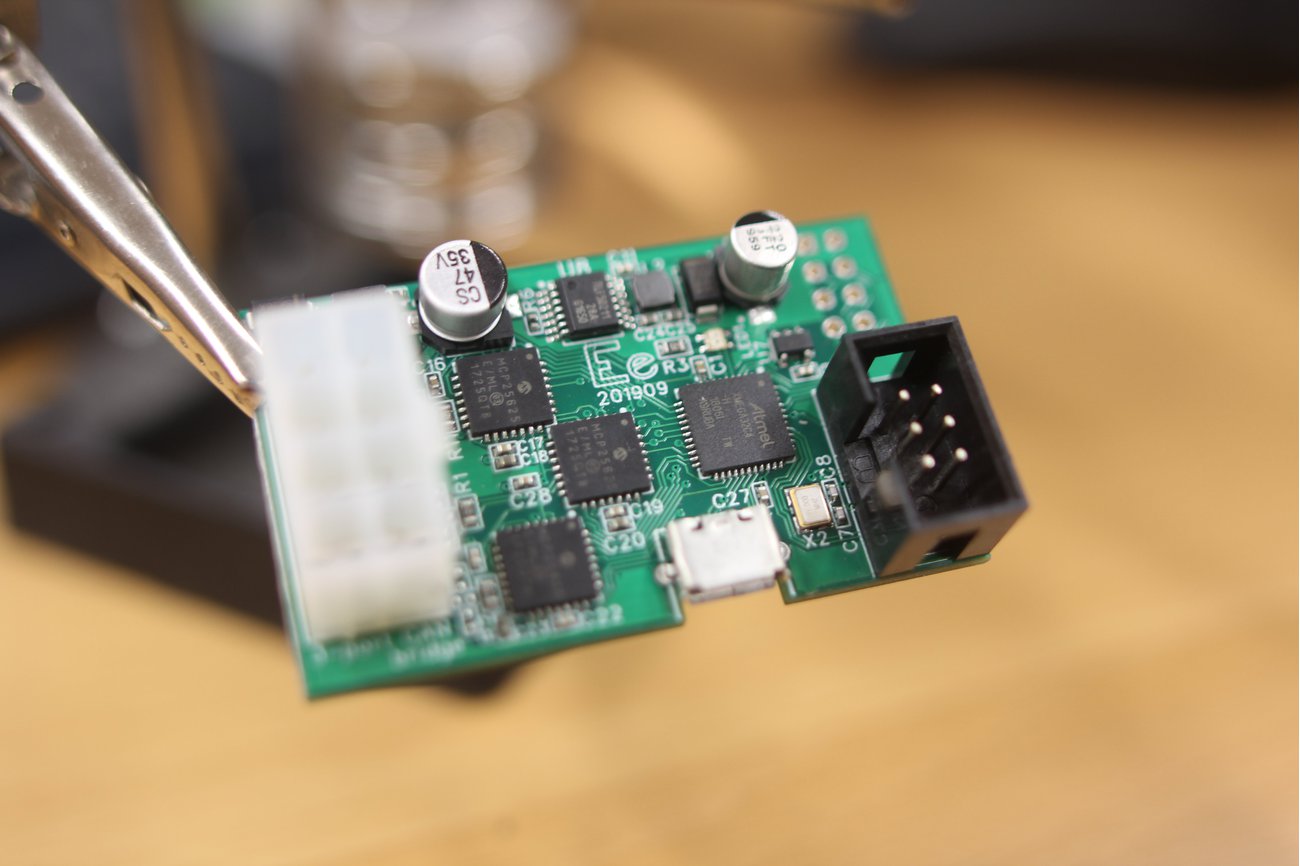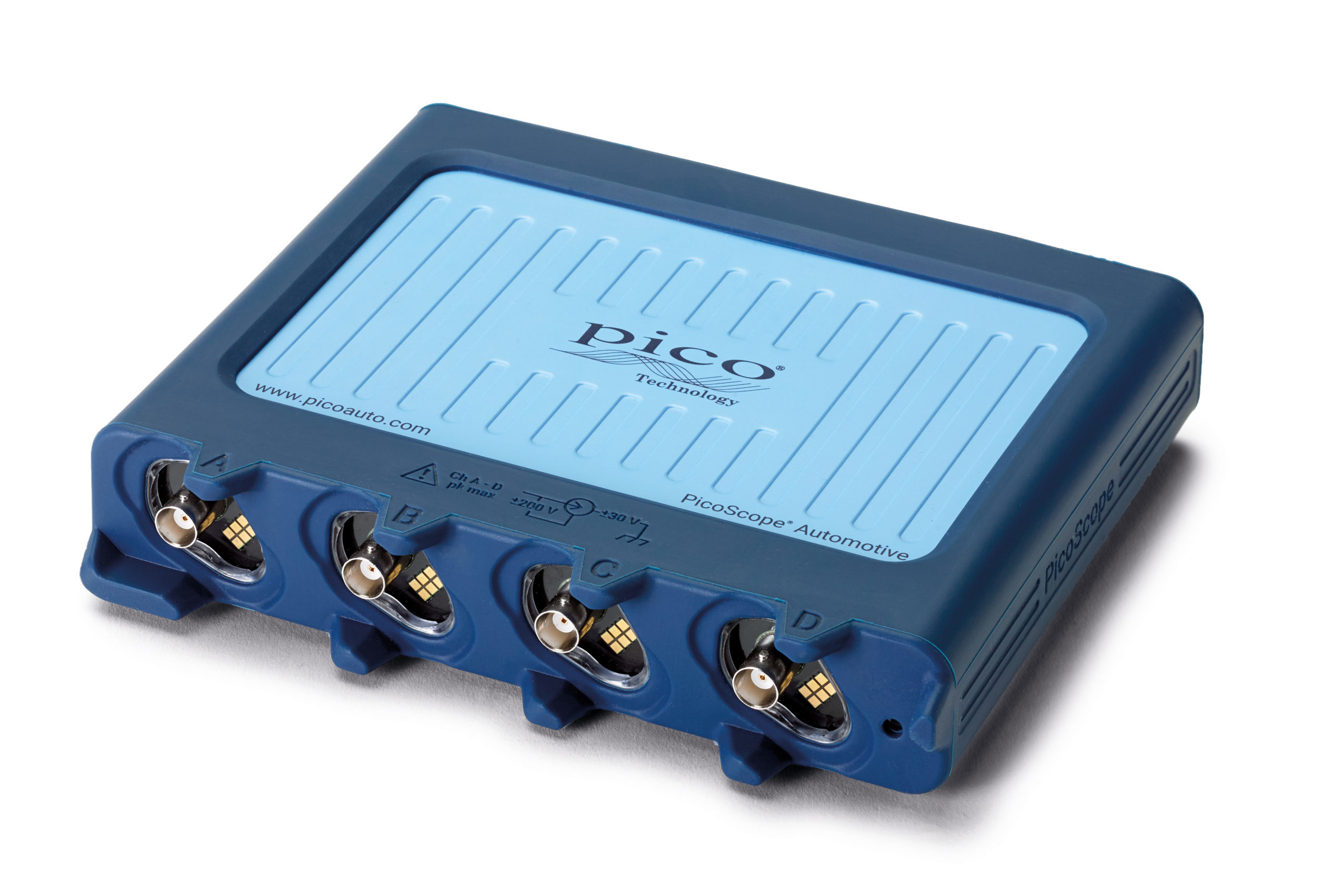
This latest diagnostic PicoScope design retains all the strengths of the existing 4425/4225 automotive scopes but adds smart interfaces for powered and intelligent accessories for increased efficiency.
Saelig Company, Inc. has introduced the new PicoScope 4425A and 4225A diagnostic oscilloscopes, available in 4-channel and 2-channel configurations. This latest diagnostic PicoScope design combines all the strengths of the existing 4425/4225 automotive scopes but adds smart interfaces for powered and intelligent accessories. The new accessory interface, called PicoBNC+™, combines the standard BNC connector with active digital and power connections. The 4425A and 4225A will also work with existing BNC probes and accessories, preserving previous accessory investments.
The many features of this new scope series include: automatic probe detection (ConnectDetect), ±200V voltage input range, floating inputs, high sample rate (up to 400MSa/s), high vertical resolution (12-bit to 16-bit enhanced), a SuperSpeed USB 3.0 interface, 20MHz bandwidth, advanced triggers, advanced filtering, large buffer memory (250MSa), math channels, measurement & phase rulers, Pico waveform library, more than 150 guided tests, and free lifetime Pico software upgrades.
The new 4x25A models make it even easier and more intuitive to use, with new test capabilities and future-proofing as part of the design. The new PicoBNC+ connection is a plug-and-play ‘push to connect’ design. Interactive LEDs on the scope match the color-coding on the probes when they are connected. Probes are automatically recognized by the PicoSoft software and settings are adjusted accordingly, making diagnostics even faster and easier with the PicoScope 4x25A automotive oscilloscopes. PicoBNC+ probe recognition saves time, reduces errors, and allows new users to become confident and comfortable faster than before. PicoBNC+ powered probes mean that current clamps are always ready for action, with no checking of batteries or limited long-term measurements. PicoBNC+ software control provides Auto-zero for probes, avoids manual switch settings, and simplifies probe setup.
Channel status LEDs indicate the appropriate probe/channel connection, and which channels are in use. The probe mismatch test in PicoScope 7 software eliminates the chance of accidental incorrect setup or erroneous measurements. In addition to all the new features, the 4x425A scopes still offer all the benefits of the previous versatile 4425 PicoScopes.
PicoScope technology provides automotive repairers with a solution for finding most vehicle faults quickly. PicoScope is invaluable for diagnosing electrical, pressure, hydraulic, and NVH (Noise, Vibration & Harshness) problems. Made by Pico Technology, Europe’s award-winning test and measurement manufacturer, the PicoScope 4x25A oscilloscopes are available now from Saelig Company, Inc. their USA technical distributor.

